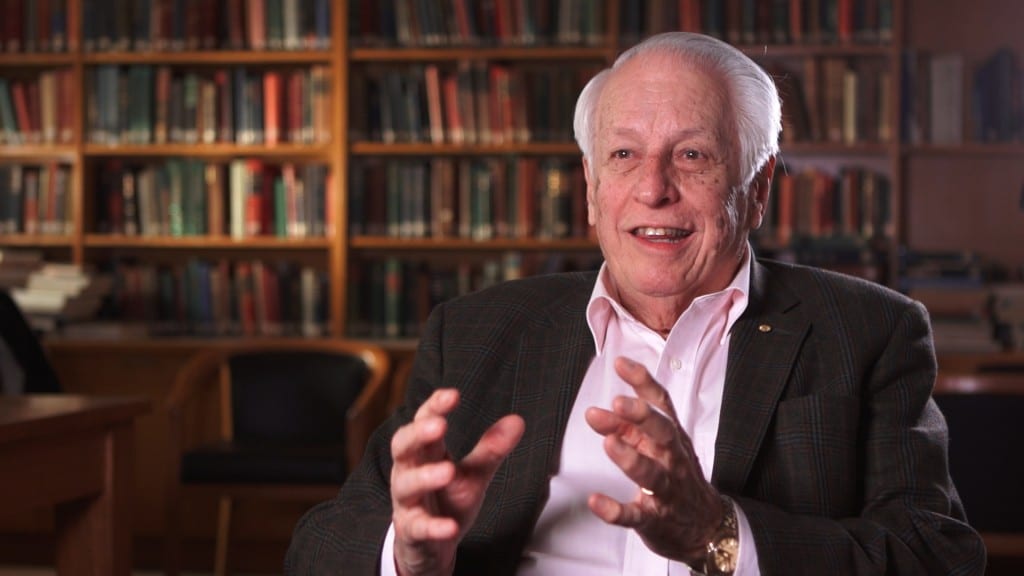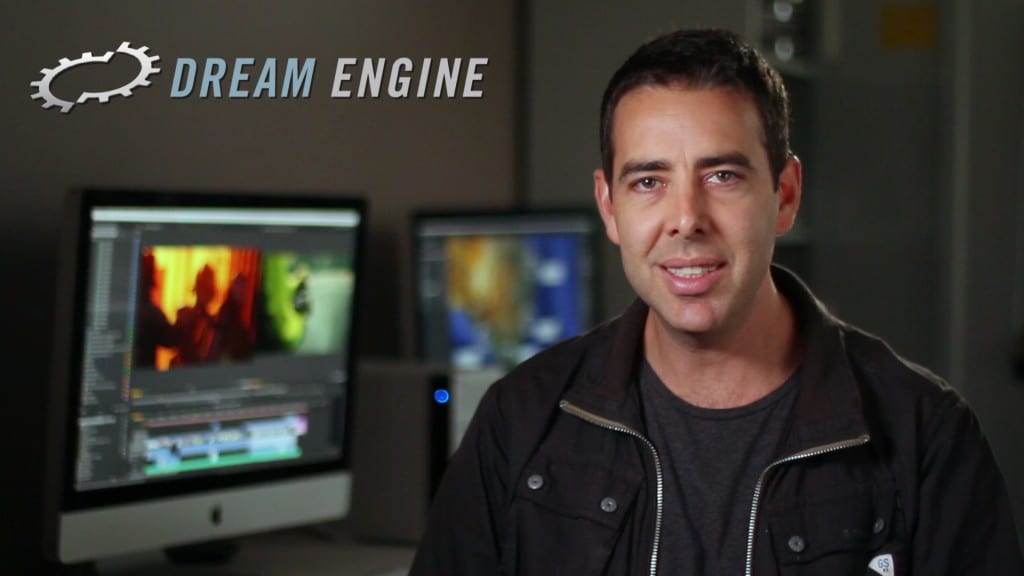Camera framing is one of the most powerful ways to convey a lot of information about whatever you’re shooting. In this blog post, I’ll explain why it’s important for a camera operator to think about framing, why it’s overlooked, and list some of the story-telling benefits good framing can have for you.
Listen to the audio version: [powerpress]
- 00:06 Why do people often ignore framing?
- 00:19 Using different shots – and why yo u should!
- 01:04 Location, location, location
- 01:41 Establish your authority with framing
Often when people start with video, they plonk the camera down and stand in front of it, and they’re so focused on the content and the message that that’s all they’re thinking about. But you can make choices about how you want to frame it up.

This is an interview that I did with Oscar winner Shaun Tan, and we filmed it from two angles. On the left-hand side is a medium close-up. You use a shot like that to convey more emotion, and drama. It’s much more about him, and what’s going on for him, and much less about the background.
On the right hand side is a much wider shot, and we can see Shaun in context, in his studio. You can see his art materials, you can see all his pictures, you really get a feeling of what it’s like for an artist in a studio.
When you’re filming, make a decision: is your video going to be more about drama and emotion, are you going to go closer in, or are you going to give more context? Or are you going to mix both together?

This is a still from an video I did with Australian scientist Gus Nossal. When I arrived to do the interview, the client said, “we’ve got a great room for you”, and they took me in to this tiny little white ro om. And if I’d filmed the interview in there, we would’ve had just a white background, with probably his shadow falling on to the wall.
I found another room, and they agreed to let me film in the library. And it just looks so much better, because I’m giving context. I’m actually using framing as a story-telling device. He’s a wise, learned man, in his library, so you’re listening to him talking, but once you put someone in context, you’re telling a much better story.

It’s also about congruence and proof. So here’s a still from one of my news update videos. I’m in the edit suite, and you can see the editing computers behind me. I’ve chosen some nice, colourful shots, and I’ve made an active decision to put myself there, not in front of a white background, or out on the street, or on the beach.
When you choose to film your face-to-camera videos, what background are you going to use, and why? How are you going to use the background to convey the story? How will you use it as a proof element? And what will you choose that’s going to be congruent? These steps will make your video much more convincing, and you’re going to tell the world much more about yourself.
If my advice has helped you make better videos, get in touch or leave a comment, I’d love to hear from you.

Ryan Spanger is one of Melbourne’s most respected and sought-after video production professionals. Ryan founded Dream Engine in 2002, and specialises in helping medium to large corporates, government departments, and the non-profit sector to connect with their audience more effectively by using video.
